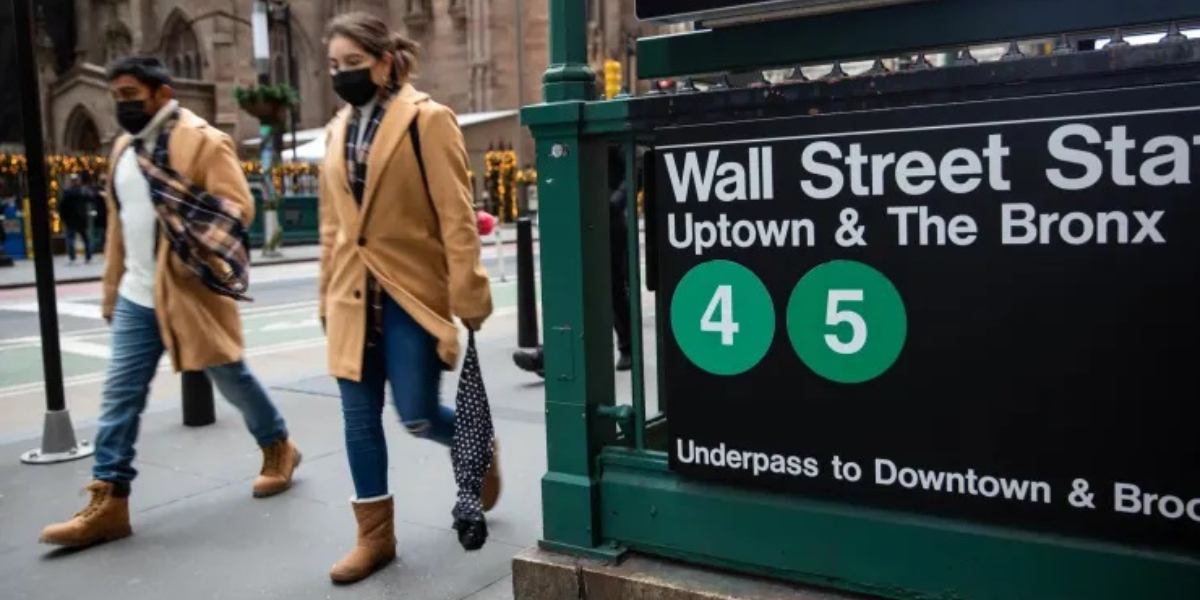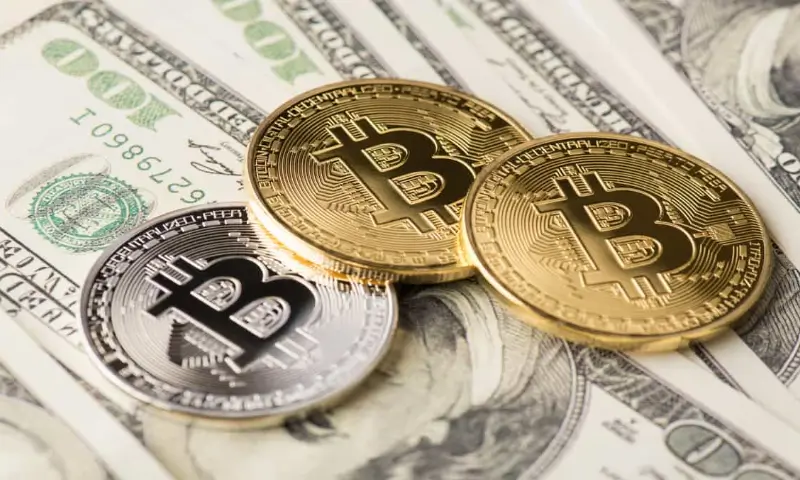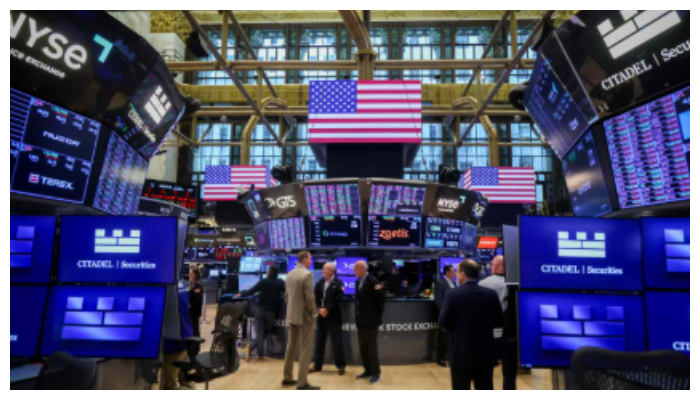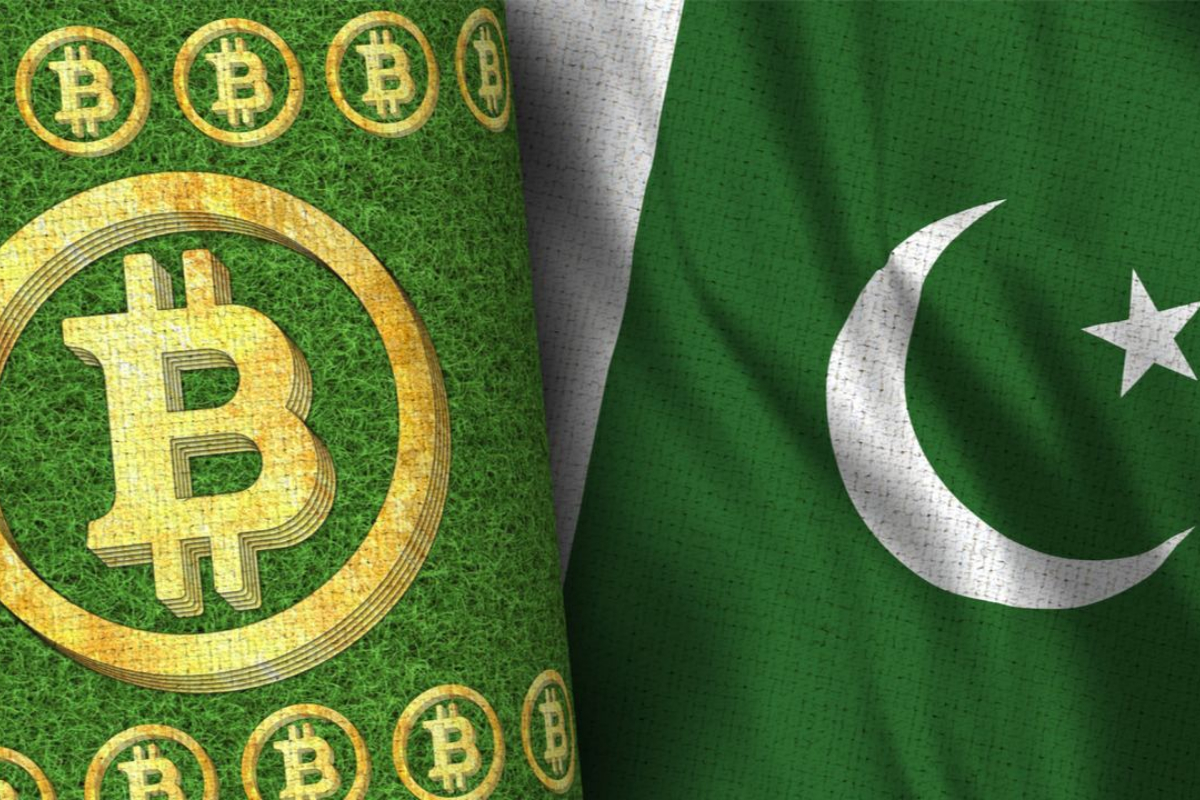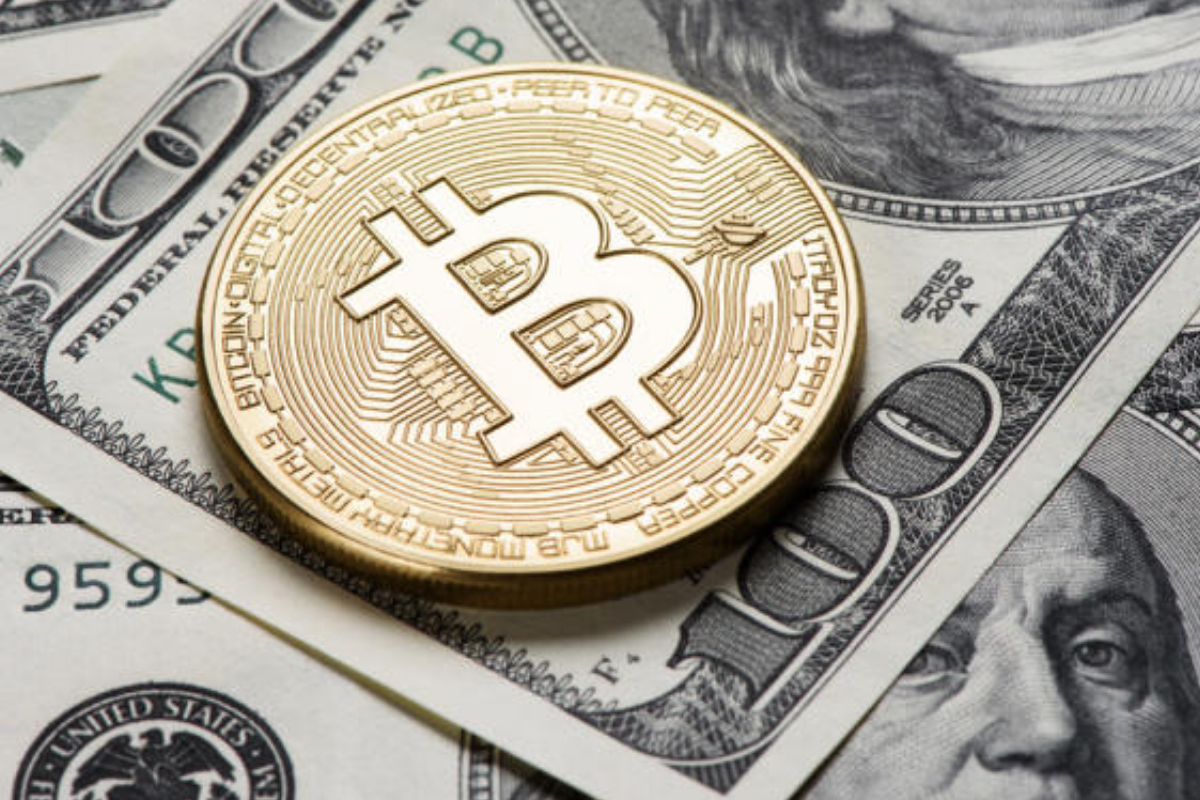Although the stock market is not the same as the economy, the line between the two is becoming increasingly blurred.
The fortunes of Wall Street and Main Street have never been more interwoven, with household stock ownership reaching record heights and the fate of firms — notably in the inventive tech sector — tethered to their share values.
As a result, the current volatility of the stock market is sending mixed signals about the economy’s long-term prospects.
“In the last 20 years, we’ve had a financial economy that has grown significantly,” said Joseph LaVorgna, chief economist for the Americas at Natixis. “You could have argued a few decades ago that the stock market was not the economy, and that was very accurate. That is no longer the case today.”
No one would claim that the stock market is the entire economy, but it’s difficult to deny that it has become an increasingly important element of daily life.
According to Federal Reserve data, the share of household wealth derived from directly or indirectly owned equities reached a record 41.9 percent by the end of 2021, more than doubling from 30 years ago.
A number of variables, including the introduction of online trading, stock-friendly monetary policy, and a weak global economy, have made U.S. equities an appealing place to park money and earn good returns.
It’s also rendered the economy considerably more vulnerable to Wall Street shocks.
“When risk assets fall and fall fast enough, there’s no question they’re going to hurt growth,” said LaVorgna, who was chief economist for the National Economic Council under former President Donald Trump. “If anything, the relationship is even better when asset prices decline than when they go up.”
The market-to-economic-growth transfer mechanism is multifaceted but rather straightforward.
Because equities and consumer confidence have historically been linked, when stocks fall, people tend to cut back on their spending. When spending falls, sales growth slows, and share prices become less appealing when compared to future earnings. As a result, a market reaction occurs, resulting in less wealth on consumer balance sheets.
Another aspect to consider is that businesses, particularly those in Silicon Valley, are continuously in need of cash and rely on stock price increase to accomplish so.
“In addition to the wealth effect on consumers, [the market] does affect investment decisions by companies, particularly the high-growth companies, the tech companies, that rely on raising capital through the equity market to finance their growth,” said Mark Zandi, chief economist at Moody’s Analytics.
“If stock prices are down, it’s much more difficult to raise equity. Their cost of capital is also a lot higher, therefore they’re not going to be able to expand as aggressively,” he added. “That’s another element of the line between what’s happening in the equity market and economic growth.”
If revenue growth becomes insufficient, businesses must slash expenditures to meet their bottom-line targets.
Payrolls are usually the first place they look.
Over the last two years, employment has been steadily increasing, but this could come to an end if the current market turmoil continues.
“Companies manage their share price, and they want to make sure those projections remain intact as best they can maneuver that,” said Quincy Krosby, chief equity strategist at LPL Financial. “If need be, they will bring costs down. For most companies, their main cost of capital is labor. That’s another reason why the Fed has to watch this.”
The Federal Reserve is, in fact, a key component in the relationship between markets and the economy.
Central bankers have always been aware of market fluctuations, but since the financial crisis of 2008, monetary policy has relied even more on risk assets as a transmission mechanism.
Since then, the Fed has purchased more than $8 trillion in bonds in a bid to keep rates low and keep cash flowing through the economy, which includes the financial system.
“Consumers are extraordinarily involved in the equity market, and the Fed has put them there,” said Steve Blitz, chief U.S. economist at TS Lombard. “Consumers have been big buyers of equities ever since 2016, in particular. We’ve seen a really big correlation between equity prices and discretionary spending.”
Officials at the Federal Reserve, on the other hand, might not mind seeing some of Wall Street’s froth.
Inflation remains the central bank’s principal concern, and it stems from supply being unable to keep up with continuous consumer demand for commodities over services.
Markets have been on the decline since Thursday, the day after the Federal Reserve announced a 50-basis-point rate hike, the largest in 22 years.
The Fed will also begin selling some of the bonds it has amassed, a procedure that will directly effect Wall Street but will indirectly hurt Main Street through rising borrowing costs, particularly on home loans.
So the market and the economy “are different, but they are joined at points,” Krosby said. The market “is a component of financial conditions, and as the market pulls back, the assumption is it can help curtail demand, which is one of the things they want. They want to slow the economy.”
Still, Moody’s analyst Zandi warns against reading too much into the present slump, in which the S&P 500 has lost almost 15% year to far, as a warning of impending recession.
The economy shrank by 1.4 percent in the first quarter, but most Wall Street economists expect higher growth through the end of the year, albeit not to the levels seen in 2021.
“The market is a prescient indicator of where the economy is headed, but overstates the case generally,” Zandi said. “So the sell-off we’re seeing now strongly argues for a slowly growing economy, perhaps an economy that’s flirting with recession. But it’s probably getting ahead of itself in that regard.”
For the latest Business News Follow BOL News on Google News. Read more on Latest Business News on oldsite.bolnews.com

